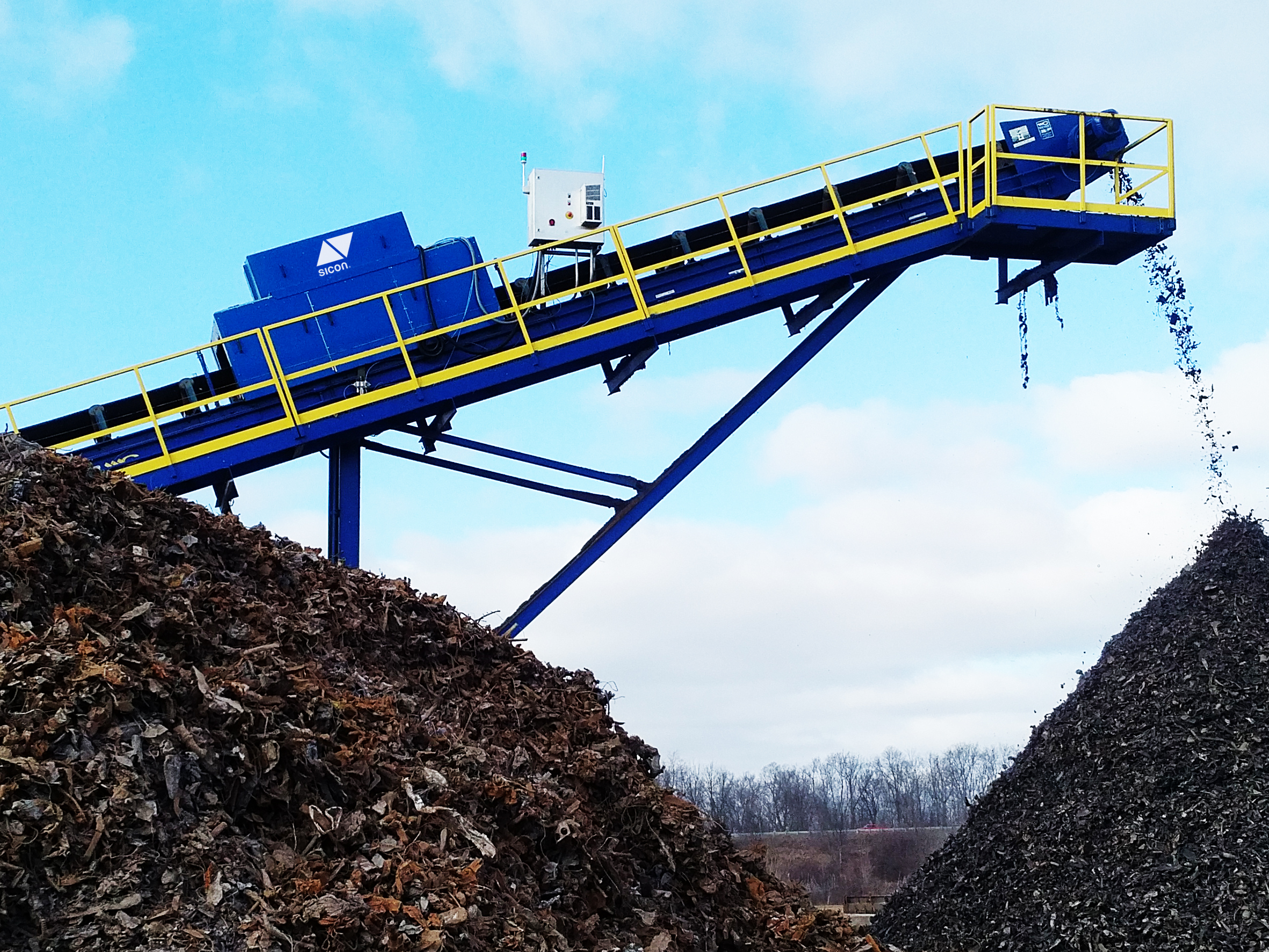During discussions on the mega trend of decarbonising the steel industry, terms like green hydrogen, renewable energy, electric arc furnaces (EAF) and direct reduced iron (DRI) often emerge as attention grabbers. But there is another key weapon in the battle for green steel – crafted scrap. GSW sat in on a recent Pioneers Talk organised by Primetals Technologies which highlighted how crafted scrap can enable the production of high-quality steel and reduce CO2 emissions in a steel mill.
Andreas Melcher, Scrap Yard Automation Expert at Primetals Technologies, and Heiner Guschall, CEO and founder of SICON GmbH, started the Pioneers Talk by discussing at length how scrap classification, automation of production processes and logistics as well as the processing, analysis and sorting of scrap are vital in production of high-quality steel grades and eventually reduction of CO2 emissions.
Mr. Guschall stated that we are in the transition period of the steel industry heading towards CO2 neutrality and the use of scrap is the fastest way to achieve this goal. However, most steelmakers it seems receive scrap with impurities like copper, lead, tin, etc. that need to be removed from the feedstock before it enters the furnace to keep the tapping analysis within the permissible limits and achieve a high liquid yield.
Mr. Melcher added that impurities are not desirable in the scrap mix, but it is extremely difficult to track the scrap quality with the conventional methods. Simply put, when the scrap is contaminated, energy consumption is higher than it should be, and the final result might not meet the quality requirements.
Both speakers agreed that steel making starts at the scrapyard and there is an urgent need to make the use of scrap more independent from human error.
Flexible EAFs
According to the World Steel Association data, 70% of the steel produced till date is still in use and recycling scrap instead of virgin materials reduces CO2 emissions by 58%. To put things in perspective, recycling one tonne of steel can avoid the release of 1.67 tonnes of CO2, which means 86% less air pollution.
Clearly there is not enough scrap to meet the modern-day steel demand, so industry is still heavily reliant on virgin material. This raises the question: what is the best possible scenario for the near future?
Addressing the issue Mr. Guschall said it is not possible to produce all the steel, nearly two billion tonnes per year, from scrap because there simply isn’t enough available. Roughly 50 percent of the total demand for steel can be covered by scrap, meaning there will always be a shortfall of, and competition for, scrap. As a consequence, scrap producers and traders may not be incentivised to raise quality.
Meaning, that in the near future as well, the onus will remain on the steel plants to refine the scrap according to quality of the end product they are aiming for.
Mr. Melcher then explained that demand for crafted scrap will remain high as it is a perfect alternative for virgin materials that also need more energy to melt.
“Increasing the percentage of scrap and then using renewable energy to recycle it will significantly reduce CO2 emissions from steel production at a fast pace,” he added.
High quality steel grades can now be produced in EAFs and not only in converters that is why there is a need for special quality of scrap. Mr. Melcher claimed that modern EAFs from Primetals Technologies are completely flexible to handle 0 to 100% scrap as compared to the integrated BOF plants that can use only 20 to 30%.
“With modern EAF technology, also using DRI, HBI feeding, we are increasing this limit therefore there is more demand for crafted scrap,” Mr. Melcher concluded.
In conclusion, it is safe to say that both Primetals Technologies and SICON share the vision of developing further solutions for steel production that are cost-effective, easy to install, and customisable in order to achieve net zero emissions.
Crafted scrap in a nutshell
For the production of high-quality steel grades, steel producers usually need chemically pure and pre-sorted scrap. Unwanted goods should be identified and removed. To ensure that the composition of scrap matches to the end product, different scrap qualities must automatically be identified on the yard and supplied to the production process. The process of identifying and supplying specially selected “crafted scrap” allows a greater amount of scrap to be used in higher quality grades.

